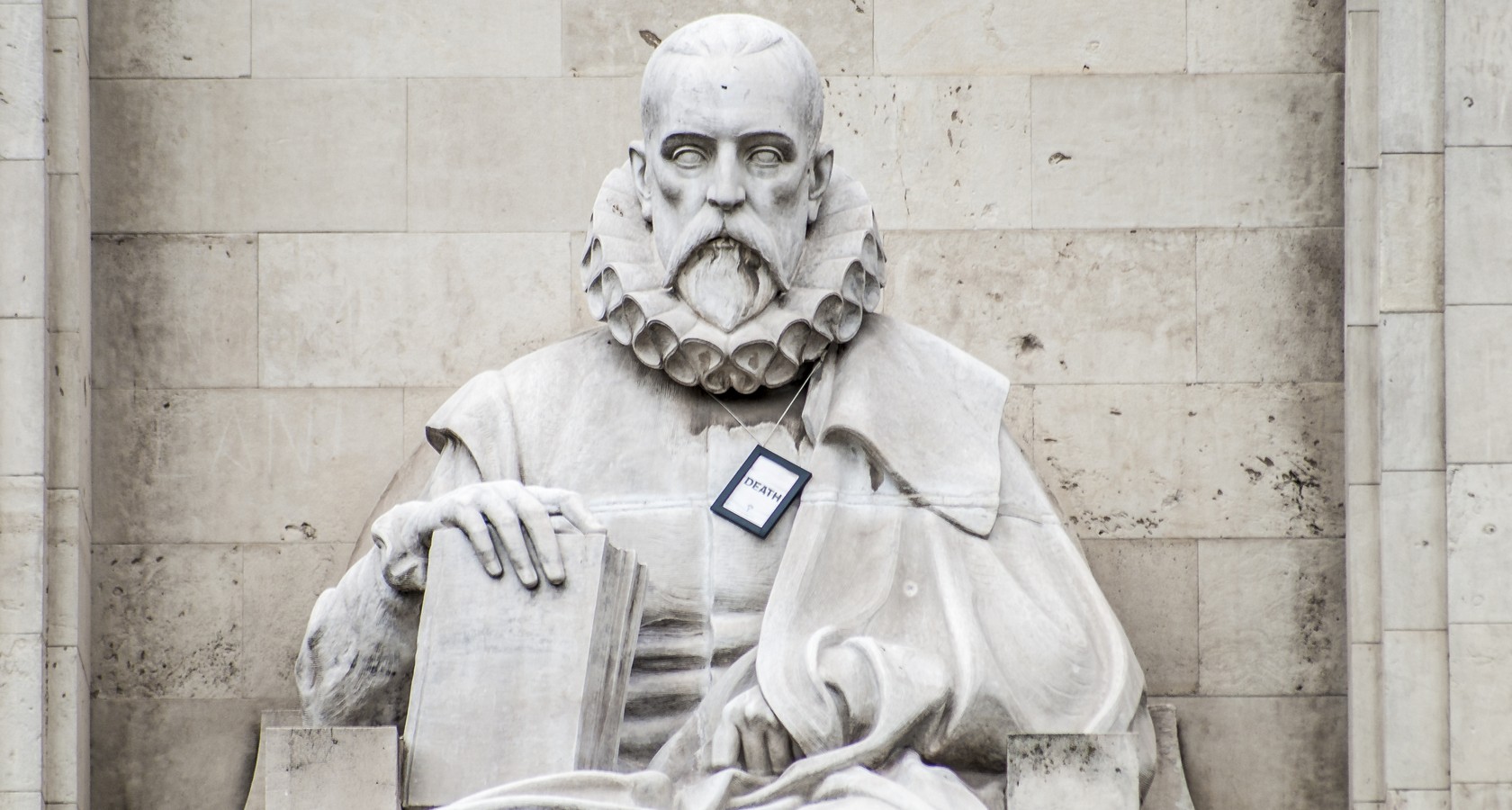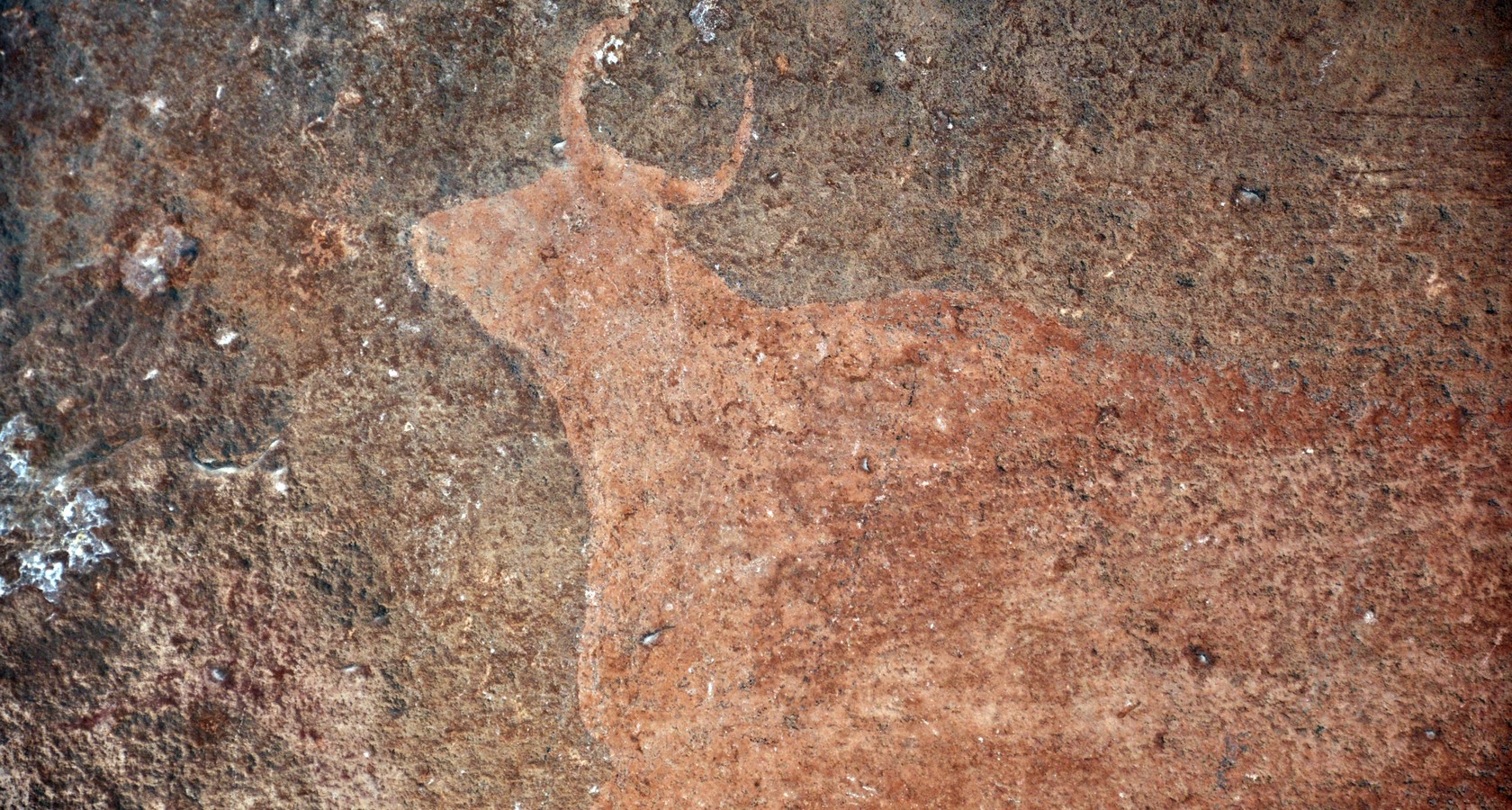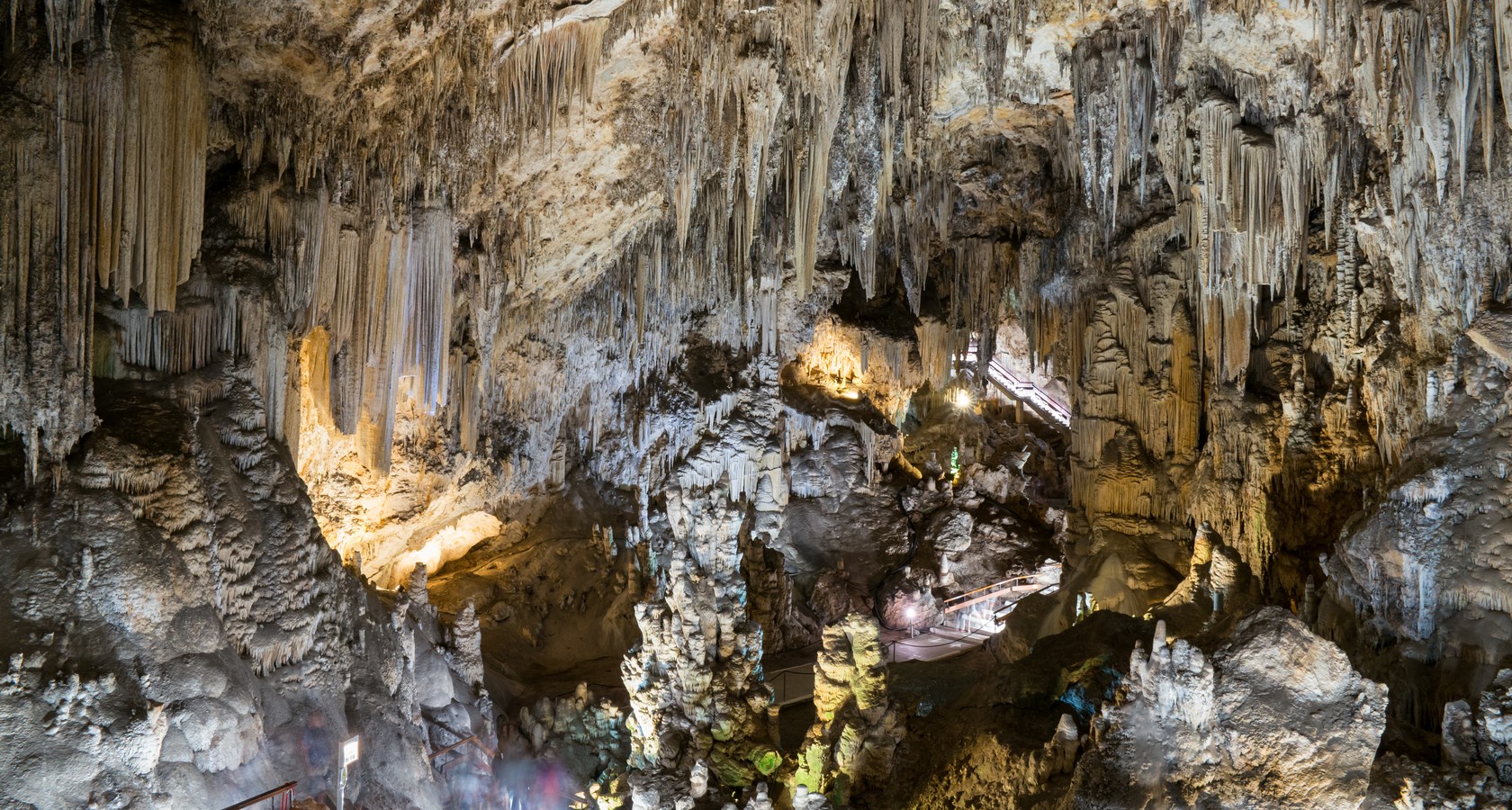
Throughout history, Spain has been one of Europe’s greatest producers of art. Indeed, not only are there many celebrated Spanish artists, but the country’s art tradition also stretches back into prehistory.
Some of the oldest European cave art is found in Spain, with Altamira and El Castillo caves in Cantabria being particular examples dating back more than 10,000 years. If Neanderthal cave paintings are included, Spain perhaps has some of the oldest artworks in the world, although the age of discoveries at some sites – the Nerja Caves in Malaga are another case in point – is a matter of debate.
Guided tours of the El Castillo Cave are run throughout the year and offer the opportunity to feast your eyes on these ancient paintings at close quarters. They last one hour and timetables vary according to the season, although the cave is always closed to visitors on Mondays.

The Altamira Museum is inexpensive to visit – it is even free for some age groups and at certain times – and features a replica cave and a wide array of information offering a great insight into the historic site. For preservation purposes, the original cave is no longer widely open to the public – instead, it is only toured by a lucky group of five people a week who are selected from among visitors to the museum. For the same reason, while regular tours of the Nerja Caves are available, it is worth noting that the cave paintings are not included on the route.
Moving outside caves, we find many more Spanish claims to artistic fame. During the Renaissance, artists such as El Greco, a Greek painter, sculptor and architect who completed most of his work in Toledo, were among the avant-garde of their day. Seventeenth-century artists such as Velázquez, Zurbarán and Murillo, among others, paved the way for Spain’s most renowned modern artists, Pablo Picasso, Joaquín Sorolla, Salvador Dalí, Joan Miró and Antonio Saura.

If you are visiting Madrid, Valencia, Bilbao or Barcelona, allow time for the museums so you can experience some of Spain’s finest works of art at first hand. The country’s leading galleries include the Prado and Reina Sofía in Madrid, the MNAC and MACBA in Barcelona, and the Guggenheim in Bilbao.
However, visual art is not Spain’s sole contribution, as the country also has a rich literary tradition. Works such as El Cantar del mío Cid (The Song of my Cid), the earliest epic poem in the Castilian language, and El Quijote (Don Quixote), written by Miguel de Cervantes and considered to be the most influential work of Spanish literature, have been adapted for the cinema on numerous occasions. In addition, six Nobel Prizes in Literature have been awarded to Spanish writers. The most widely read and translated of the six recipients are Camilo José Cela, particularly known for his novels La Familia de Pascual Duarte and La Colmena (published in translation as The Family of Pascual Duarte and The Hive), and the Peru-born novelist, journalist and essayist Mario Vargas Llosa, who lived and taught in Spain for many years. Vargas Llosa’s works are extensively available in English, with his most acclaimed novels including The Time of the Hero, Conversation in the Cathedral, Aunt Julia and the Scriptwriter, and The Green House.